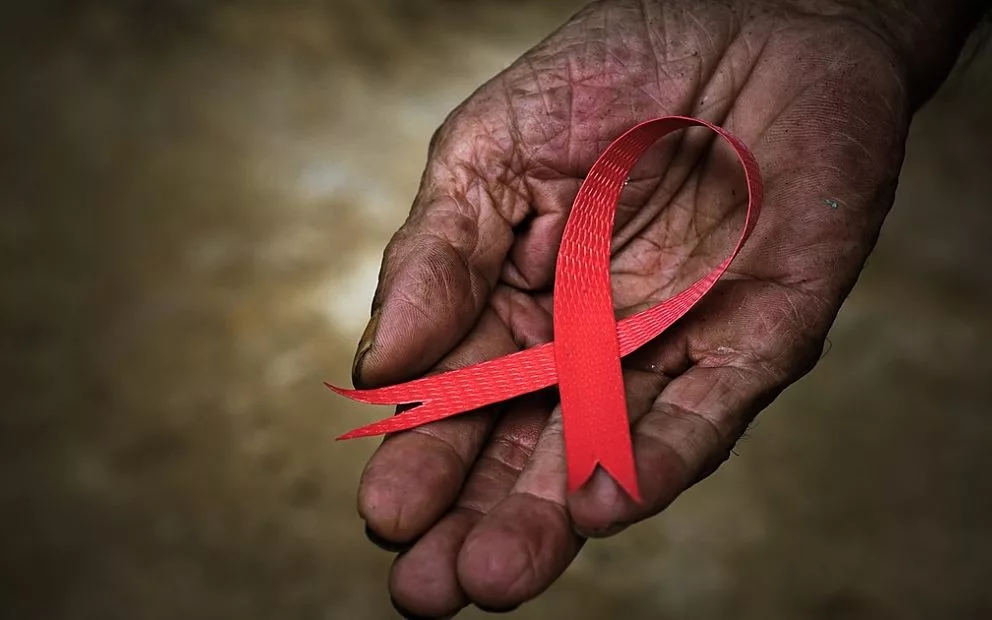Australia’s HIV and Hepatitis C success overshadowed by Aboriginal and Torres Strait Islander neglect
New national statistics released from the Australasian Sexual Health and HIV & AIDS Conferences today reveal that HIV in Aboriginal and Torres Strait Islander people is at an all time high, with 2015 seeing the highest number diagnosed with HIV since 1992.
The rate of HIV notification among Aboriginal and Torres Strait Islander people is now more than double the rate in non-Indigenous Australians, and has increased each year for the last five years.
Meanwhile HIV notifications in non-Indigenous Australians remain stable for their fourth year in a row.
Other sexually transmissible infections in Indigenous Australians such as chlamydia, gonorrhoea and infectious syphilis are on average 3, 10 and 6 times higher respectively, and hepatitis C is 4 times higher, the reports say, with the gap even more significant in some remote communities.
The new figures cast a shadow over Australia’s internationally acclaimed success towards reaching elimination targets for HIV and hepatitis C.
“This is absolutely unacceptable,” said Associate Professor James Ward, South Australian Health and Medical Research Institute. “At a time when Australia is showered in praise for being a world leader in HIV and hepatitis C prevention, one of our priority populations is being left behind.
“This, combined with the alarmingly high prevalence of other sexually transmissible infections in Aboriginal and Torres Strait Islander populations, is frankly an international embarrassment,” he said.
Over the last five years, significant differences have appeared between HIV in the Aboriginal and Torres Strait Islander populations and non-Indigenous Australians. Although men who have sex with men make up the majority of cases in both groups (60% vs 80%), a greater proportion of Indigenous cases are are because of injecting drug use (16% vs 3%) and through heterosexual sex(21% vs 14%).
For non-Indigenous Australia, efforts to prevent new HIV infections through increased access to testing and treatment have been an unparalleled success. Australia has now achieved the first and third international targets for 90% diagnosed, 90% of those on treatment and 90% of those treated virally suppressed.
However, delivery of effective HIV programs to Aboriginal and Torres Strait Islander people, many of whom don’t access dedicated HIV clinics, requires a completely different approach, say experts. A focus on cultural appropriateness and delivery through non-specialist clinicians is key, they say.
“This is going to require proper consultation, targeted campaigns and investment in health worker education,” said Associate Professor Ward. “We need to harness all the tried and tested strategies that have proven so effective in Australia - test and treat, treatment as prevention and PrEP - and deliver them equitably across Aboriginal and Torres Strait Islander populations.”
“These statistics are Australia’s wake up call. The danger of HIV spreading within communities with such a high prevalence of STIS is simply too great to be ignored,” he said.
New diagnostic tool offers STI hope
In many remote Aboriginal communities with high rates of STIs, the distance from laboratories and difficulties recalling patients impedes efficient and effective treatment. A trial of new Point-of-Care tests for STIs found that its use in primary care services substantially improved the timeliness of treatment. You can read the abstract here.
The news isn't all bad
Human papilloma virus (HPV): Over the past nine years there has been a 91% reduction in genital warts in young Aboriginal and Torres Strait Islander females aged less than 21 years, due to the introduction of vaccine programs to adolescents in school. Genital warts were previously a very common sexually transmitted infection caused by the human papillomavirus, but can now be prevented by the same vaccination given to adolescents in schools that is used to prevent cervical cancer.
Donovanosis: Donovanosis, once a regularly diagnosed sexually transmissible infection among remote Aboriginal populations, is now close to elimination, with only two cases detected since 2011.
Additional statistics
Gonorrhoea and syphilis: In the Aboriginal and Torres Strait Islander population gonorrhoea rates have declined by 22% in the past five years, but remain three-fold higher than non-Indigenous population in remote areas, whereas syphilis has increased more than two-fold in the past five years. The resurgence of infection in young Aboriginal people in remote communities after years of declining rates, brings with it cases of congenital syphilis and emphasises the need for enhanced health promotion testing and treatment in this population.
Speak to our team
Interview: Associate Professor James Ward, South Australian Health and Medical Research Institute
Media Contact: Petrana Lorenz 0405 158 636 petrana@arkcommunications.com.au
Media Contact: Bridgette Whittle 08 8128 4153/ 0414 823 795 bridgette.whittle@sahmri.com



